Search

Social Distancing for Livestock Producers
Living in rural South Dakota, we have an advantage of social distancing ourselves from others. However, there are normal activities we are used to doing that will need to be adjusted for everyone’s safety this year. As you plan your spring livestock work, here are some things to keep in mind and practice for your own safety and the safety of your community members.
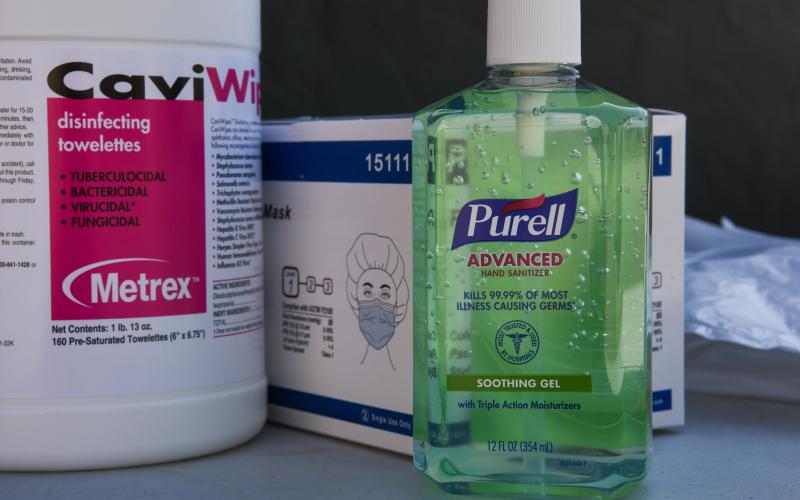
Information on How to Deal With COVID-19 for Dairy Workers
We would like to share some advice on measures to follow due to the problems that are affecting the world population today, including all of us.
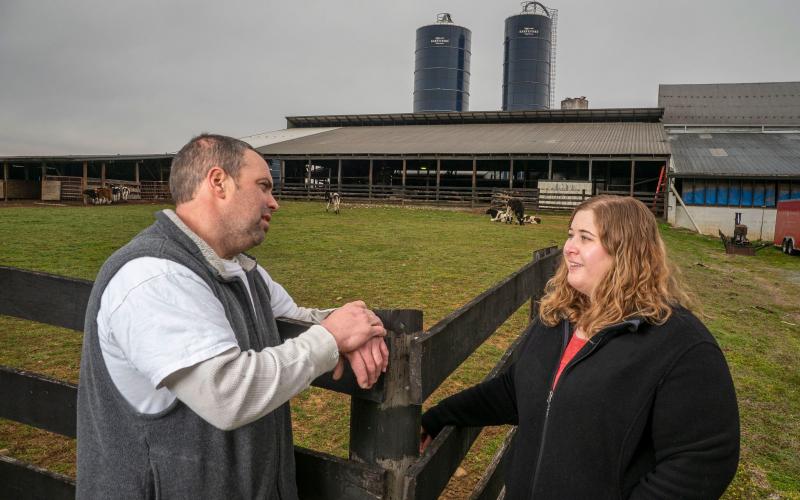
Preparing for FARM Animal Care Evaluations
The FARM Animal Care Version 4.0 rolled out January 2020. This article is a condensed tool to aid you in preparing for your next evaluation.

What Kind of Records Are You Keeping?
Measurement of the actions and efforts of everyday life on the farm or ranch leads to better management and efficiency. Many farmers and ranchers keep many records. Utilization of the records for improved management would be the next step to take to improve efficiency.

Leading Through COVID-19 on the Farm and Ranch
Producers can be quick to adapt and utilize technology, but sometimes need a little nudge in other areas. COVID-19 sometimes feels like one of the areas that agriculture needs a nudge in.

SDSU Extension Continues Outreach Efforts During COVID-19 Pandemic
April 03, 2020
While offices throughout the state are closed, SDSU Extension experts remain available remotely and encourage the public to reach out to them via email or by phone.

South Dakota 4-H Hosts Inaugural Capitol Day Event
April 03, 2020
More than 160 4-H members and supporters from across South Dakota joined together for the inaugural South Dakota 4-H Capitol Day in Pierre on January 15.
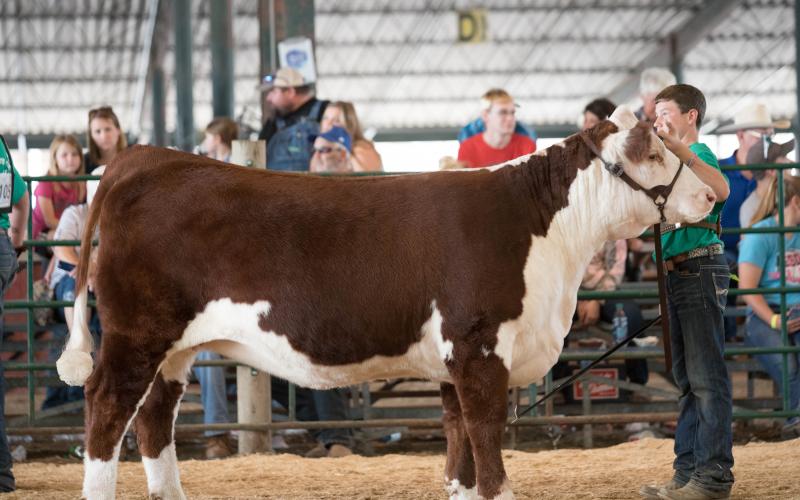
Competitions
Discover the main venues that our 4-H'ers ‘get their competitive juices flowing.'
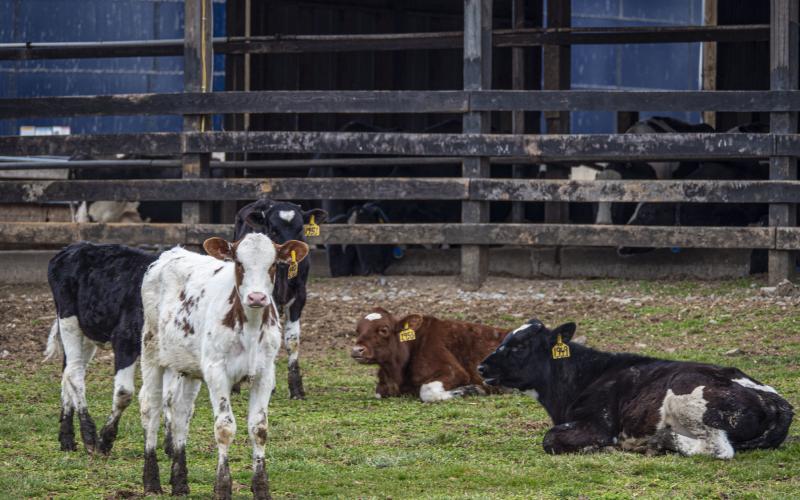
I Got a FARM Corrective Action. Now What?
The Farmers Assuring Responsible Management (FARM) Animal Care Version 4 rolled out January 2020. As dairies have their farms evaluated with this new version, there may be questions about corrective actions.
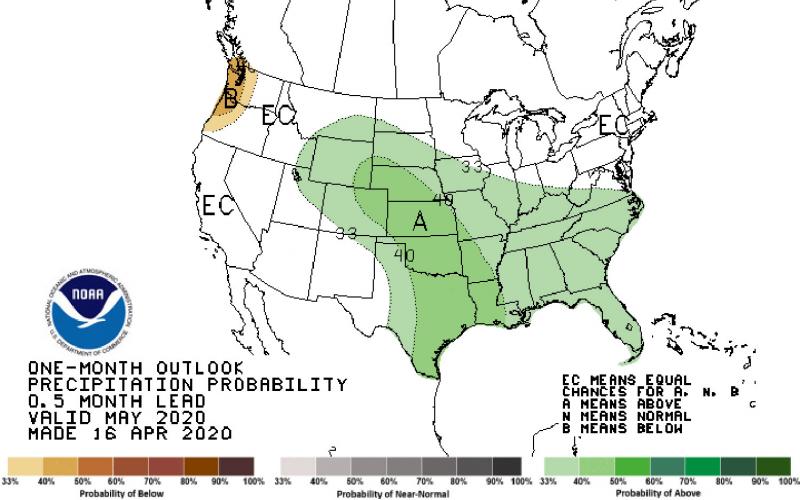
May 2020 Climate Outlook
On April 16, NOAA’s Climate Prediction Center released their climate outlook for May and the coming three-month period of May through July. There is a lot of uncertainty in the temperature outlook for the next one-to-three months in the Northern Plains Region.